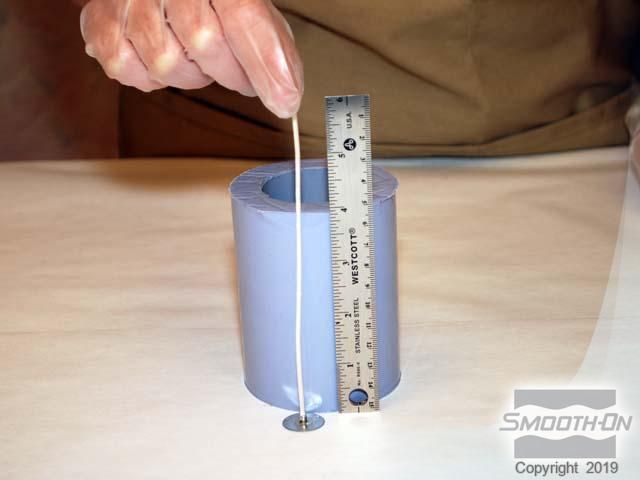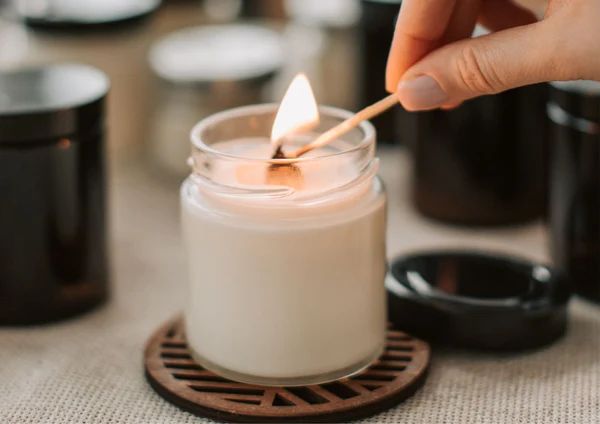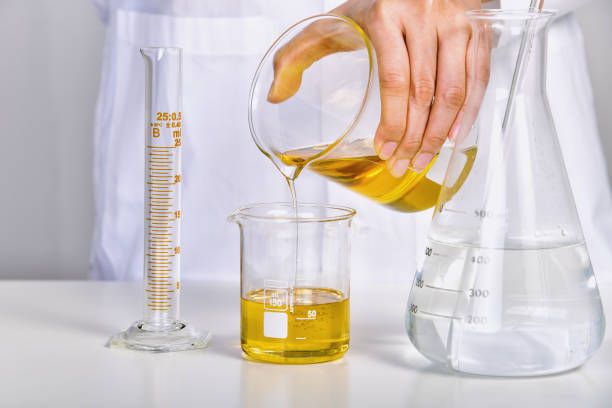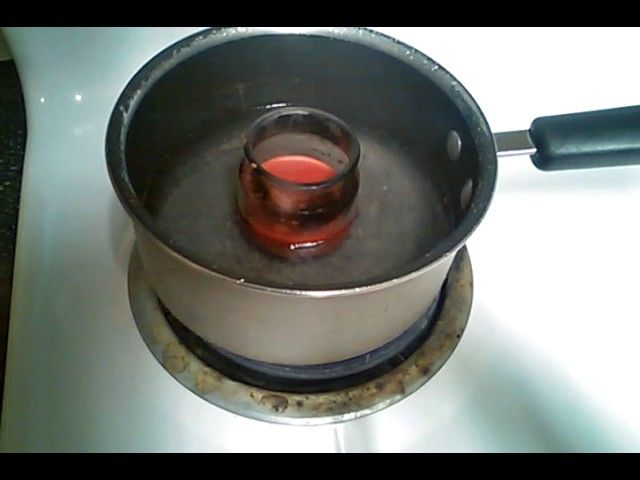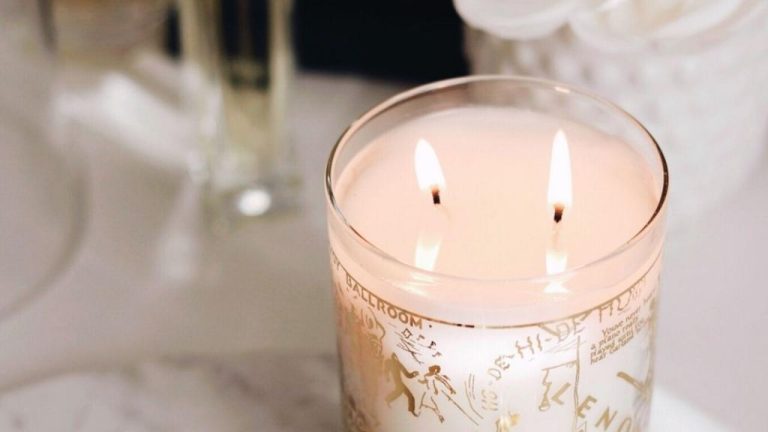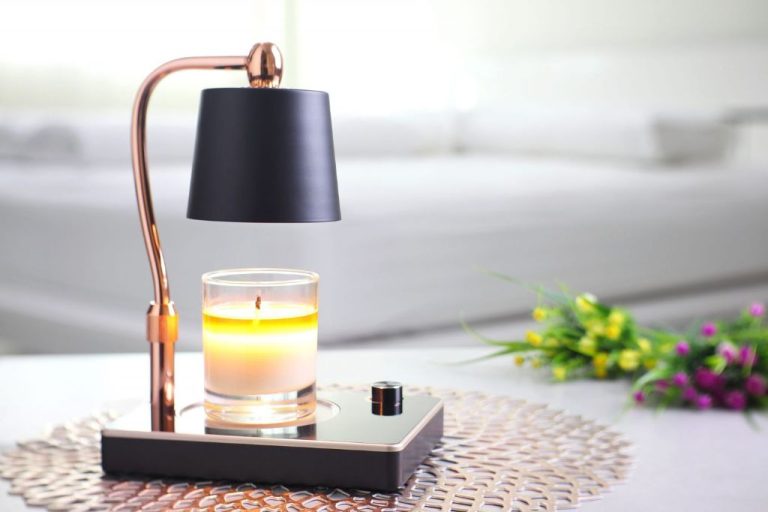How Much Oil Do You Put In Candle Wax?
Candle wax is the primary material that makes up candle bodies. The most common types of candle wax are paraffin, soy, beeswax, and vegetable-based waxes like palm and coconut. While plain candle wax can be used to create candles, many candle makers choose to add other ingredients like essential oils and fragrance oils to enhance their candles. Adding these oils serves several key purposes.
Oils are added to candle wax to provide fragrance. The oils diffuse aroma when the candle is burned, allowing the candle to fill a space with a pleasant scent. Oils also influence how the melted wax pools when the candle is lit. Some oils make the wax pool cooler while others make it hotter. This affects melt pool depth and how quickly and evenly the candle burns. Additionally, some oil additives like dye oils give candles color for visual appeal.
Types of Candle Waxes
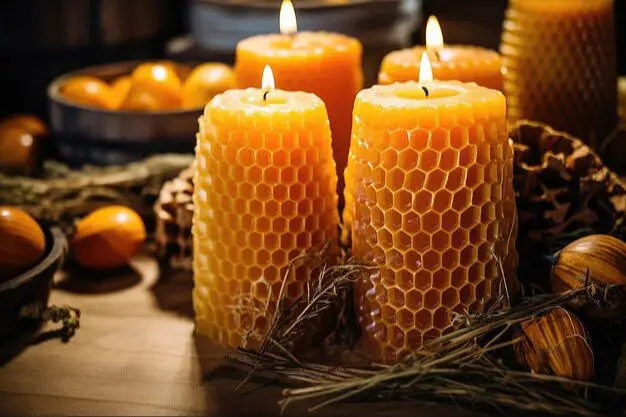
There are several common types of wax used for candle making:
Paraffin wax is a petroleum byproduct made from crude oil refining. It is odorless, colorless, and burns cleanly with no residue. Paraffin is the most commonly used candle wax due to its low cost and excellent burn properties (source).
Soy wax is made from hydrogenated soybean oil. It burns slower and cooler than paraffin with no petroleum byproducts. Soy wax is biodegradable and renewable (source).
Beeswax is secreted by honey bees to build their honeycomb. It has a natural honey aroma and burns brighter than other waxes. Beeswax is non-toxic but more expensive than paraffin and soy (source).
Gel wax is a blend of paraffin and mineral oil or polymer additives. It has excellent transparency and holds fragrance oils well. Gel wax allows for colorful embeds and designs (source).
Palm wax comes from the fruit of palm trees. It is hard, opaque, and brittle with a high melting point. Palm wax produces clean burning candles but can be difficult to work with (source).
Benefits of Adding Oils
Adding oils to candle wax provides many benefits beyond just scent. Fragrance oils and essential oils can both provide pleasing aromas, but essential oils provide the added benefit of aromatherapy. Studies show that inhaling essential oil molecules can have therapeutic effects by promoting relaxation, improving mood, and relieving symptoms of anxiety and depression (https://www.harlemcandlecompany.com/blogs/journal/benefits-of-essential-oil-diffusers). The essential oils release these benefits when heated in a candle or diffuser.
Oils added to candles can also provide benefits through candle dye. Certain oils contain pigments that will naturally dye the candle wax, eliminating the need for artificial dyes. Coconut oil, for example, contains natural antioxidants that provide a white color, while oils like cinnamon and turmeric will create warm, natural tones. Soy wax especially absorbs dye oils well. Not only does this create an organic, natural-looking candle, but some essential oils like lavender are said to promote calming when absorbed through the skin as well.
How Much Oil to Add
The amount of oil you add to candle wax depends on the type of wax and oil used. Here are some general guidelines:
For paraffin wax, add 10-15% fragrance oil by weight. Paraffin can hold a higher fragrance load than other waxes.1
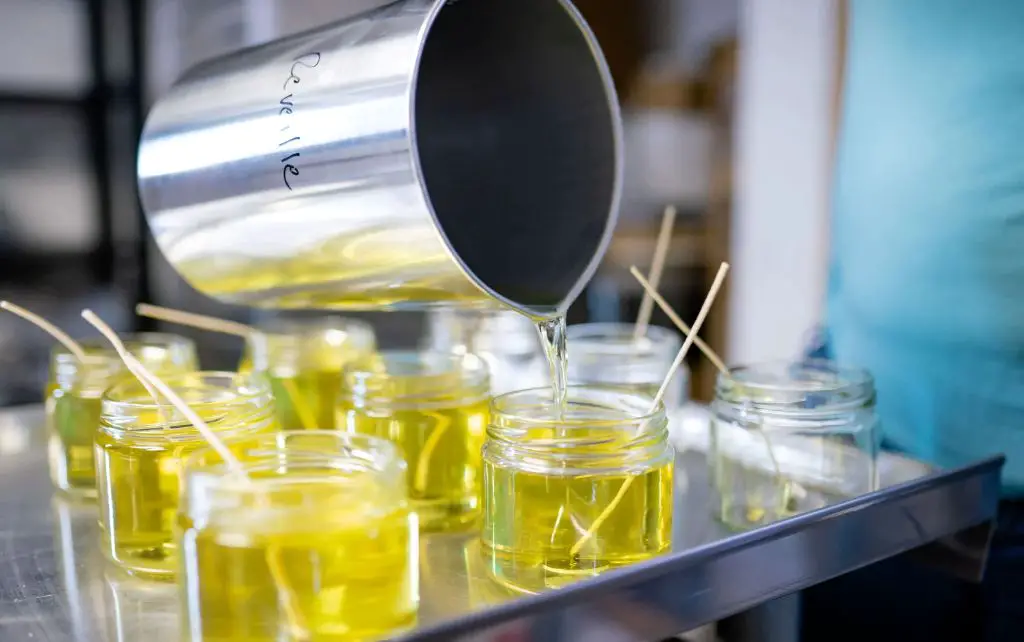
For soy wax, add 5-8% fragrance oil. Soy wax has a lower fragrance load than paraffin, so less oil is needed.2
For beeswax, add around 10% essential oil by weight. Beeswax can hold a high percentage of essential oils.2
For coconut wax, add 5-7% fragrance oil. Coconut wax has a lower fragrance load so less oil is required.1
For palm wax, use 8-12% fragrance oil. Palm wax has a mid-range capacity for holding fragrance oils.
The type and strength of the fragrance oil can also impact how much to use. Stronger oils may only require 5-8% while lighter oils may need 10% or more.
Adding Fragrance Oils
Fragrance oils and essential oils both add scent to candle wax, but have some key differences. Fragrance oils are synthetic scents made from chemical compounds, while essential oils are extracted and distilled from plants. Fragrance oils generally have stronger scents than essential oils.
When adding fragrance oils, it’s important to pour the wax at the right temperature – around 180 to 190°F is ideal. Any hotter and some of the fragrance may burn off, any cooler and the oil won’t fully incorporate. Use 0.5 to 1 ounce of fragrance oil per pound of wax as a starting point. Stir the oil into the wax for at least 2 minutes to fully blend.
Make sure to stir well to fully incorporate the fragrance. If any oil pools on the top, it can clog the wick and create issues with burning. Fragrance oils allow flexibility in scent options for candles, just be sure to follow best practices when adding to wax.
Adding Essential Oils
Essential oils can provide therapeutic benefits when added to candle wax. When inhaled, the aromatic compounds in essential oils interact with the limbic system, a part of the brain that affects emotions, memories, and more. Using essential oils can promote relaxation, improve mood, and provide other wellness benefits (SOURCE1).
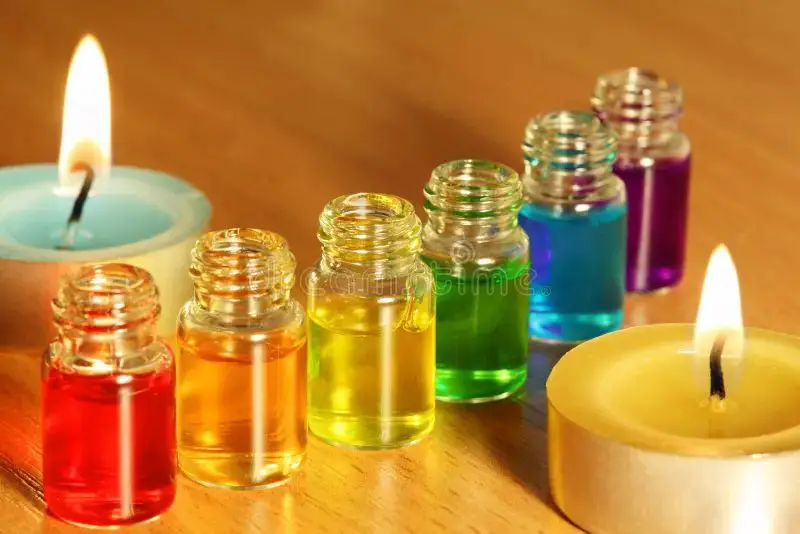
It’s important to properly mix essential oils into candle wax. Essential oils and wax have different polarities, meaning they don’t automatically combine together. Using a small amount of vegetable oil, approximately 1 teaspoon per pound of wax, can help bind the essential oil to the wax before mixing thoroughly. This helps prevent the essential oil from separating or floating to the top during the candle making process (SOURCE2).
Not all essential oils are compatible with all waxes. Some essential oils, like citrus oils, can eat through certain waxes. Soy wax, a vegetable-based wax, is often a good choice when making candles with essential oils. Paraffin wax can work as well but may require additional mixing or binding agents (SOURCE1). Testing with small batches first is recommended when using new essential oil and wax combinations.
Adding Dye
There are two main types of candle dye – liquid dyes and block dyes. Liquid dyes are dissolved into the wax, while block dyes are shaved or grated into the wax. When adding either type of dye, it’s important to follow the recommended dye load percentages.
For liquid dyes, the standard dye load is around 0.1-0.5% of the total wax weight. So for 1 pound of wax, you would add 0.1-0.5 grams of liquid dye. It’s best to start with less dye and add more as needed. Too much dye can negatively impact scent throw or make colors too dark (cite: https://www.candlesoylutions.com/custompage.asp?page=Percentages).
Block dyes require a higher dye load percentage, around 0.5-1% of the wax weight. Grate or shave the block dye into the wax slowly, mixing thoroughly before adding more. Like liquid dyes, it’s easy to add too much block dye, so go slowly (cite: https://www.candlesoylutions.com/custompage.asp?page=Percentages).
No matter which type of dye you use, test different dye load percentages to find the ideal amount for vibrant colors without negatively impacting the burn or scent.
Testing Oil Percentages
When adding oils to candle wax, it’s important to test different oil percentages to find the right balance that maintains scent throw. According to How to Test Fragrances in Candles – Bramble Berry, testing samples with different oil percentages is key. Start with a standard 6% fragrance oil and make samples with 4%, 8%, and 10% to compare. Let the samples cure for 3-5 days before evaluating scent strength. The goal is to use enough oil to achieve an appealing scent without losing the integrity of the wax. Too much oil can lead to poor burn performance. Test in small batches first before scaling up your recipe.
Safety Precautions
When making candles, it’s important to take safety precautions. Proper ventilation, wearing gloves and masks, and having a fire extinguisher on hand can help prevent accidents and keep you safe.
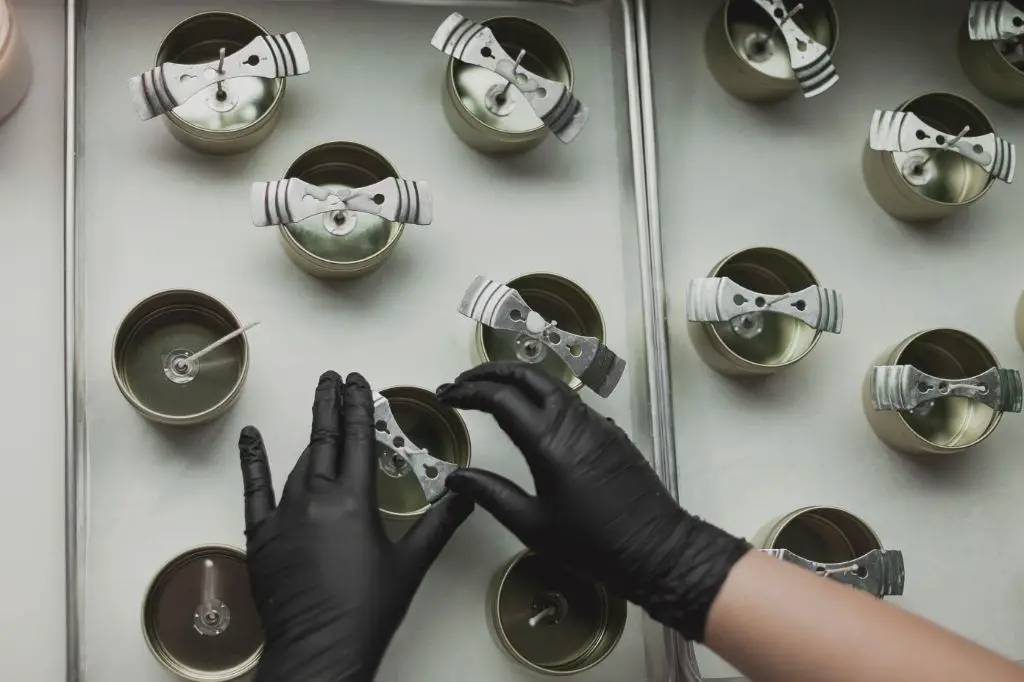
Ventilation is key when working with candle wax. Melting wax releases volatile compounds that can be irritating to lungs and eyes if inhaled in large quantities. Work in a well-ventilated area with open windows or use a fan to keep air circulating. Avoid breathing in wax vapors directly. Wearing a particulate respirator mask can also protect against breathing in wax particles and fumes.1
Wearing gloves helps prevent burning your fingers and hands when pouring hot wax. Use heat resistant gloves and carefully pour wax away from your body. Be cautious as wax can still burn through thin gloves. Let candles fully cool and harden before handling. An apron can protect clothing from spills.2
Have a fire extinguisher on hand whenever heating wax or making candles. Wax is flammable when melted and errors could occur. Be prepared in case of a fire emergency. Follow all candle safety guidelines to prevent accidents.
Summary
When adding oils to candle wax, it’s important to carefully measure the amount to achieve your desired results. Here’s a recap of key tips to keep in mind:
- For paraffin wax, limit fragrance oils to 8-10% and essential oils to 3-5% by weight.
- For soy wax, limit fragrance oils to 6-8% and essential oils to 3-5% by weight.
- For beeswax, limit fragrance oils to 1-3% by weight as it is very porous.
- Always test oil percentages first before making large batches to ensure optimal scent throw and burn quality.
- Measure precisely using a scale for consistency between batches.
- Stick to usage rates from reputable suppliers for any additives.
- Avoid discoloration by not exceeding recommended amounts of oils.
By carefully adding the right amounts of fragrance, essential oils, and dyes, you can create customized candle scents and colors without compromising performance.

